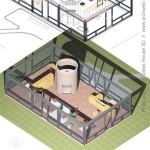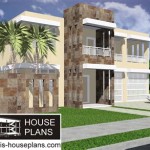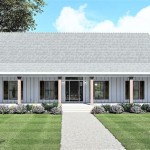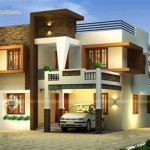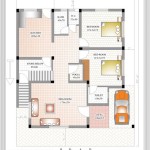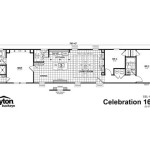Essential Aspects of Housing Development Floor Plans
Floor plans hold immense significance in the realm of housing development. They provide a detailed blueprint for the layout and functionality of living spaces, ensuring that they meet the needs of future occupants while adhering to building codes and regulations. Neglecting the importance of floor plans can lead to costly mistakes and unsatisfactory living environments.
From maximizing space utilization to optimizing natural light and creating a sense of flow, every aspect of a floor plan contributes to the overall livability and appeal of a housing development. By incorporating essential elements such as proper room sizes, functional adjacencies, and efficient circulation patterns, developers can create well-designed and marketable homes that cater to the preferences of potential buyers.
Key Considerations for Housing Development Floor Plans:
1. Room Sizes and Functionality: Adequate room sizes are crucial for comfort and practicality. Bedrooms should be large enough to accommodate comfortable furniture and storage, while bathrooms should provide ample space for fixtures and movement. The kitchen should allow for efficient meal preparation and entertaining, while living areas should be spacious and inviting.
2. Functional Adjacencies: The placement of rooms should facilitate smooth transitions and minimize unnecessary steps. For example, the kitchen should be adjacent to the dining area, and the living room should be situated near the entryway and outdoor spaces. By grouping related functions together, developers can create efficient and user-friendly layouts.
3. Circulation Patterns: Well-defined circulation patterns ensure that occupants can move easily throughout the home without feeling cramped or restricted. Wide hallways and open sightlines allow for effortless flow, while clear entrances and exits provide a sense of direction and orientation.
4. Natural Light: Maximizing natural light not only enhances the aesthetics of a home but also promotes well-being. Floor plans should incorporate large windows or skylights to allow ample daylight into living spaces. Proper window placement can also provide panoramic views and reduce the need for artificial lighting.
5. Privacy and Noise Reduction: Privacy and noise reduction are essential for creating comfortable and peaceful living environments. Bedrooms and bathrooms should be isolated from high-traffic areas, and shared spaces should be designed to minimize noise transmission. Acoustic treatments and soundproofing materials can also be incorporated to enhance privacy and tranquility.
6. Storage Spaces: Adequate storage spaces are often overlooked but crucial for maintaining a clutter-free and organized home. Floor plans should include ample closets, pantries, and other storage solutions to accommodate personal belongings, seasonal items, and household supplies.
7. Outdoor Spaces: Outdoor spaces, such as balconies, patios, or private gardens, extend the living area and provide opportunities for relaxation, entertainment, and connection with nature. Floor plans should incorporate outdoor spaces that are accessible, functional, and aesthetically pleasing.
By carefully considering these essential aspects, housing developers can create floor plans that not only meet building codes but also enhance the livability, functionality, and appeal of their projects. Well-designed floor plans contribute to the overall success and marketability of housing developments, ensuring satisfied homeowners and thriving communities.

20 Examples Of Floor Plans For Social Housing Archdaily

20 Examples Of Floor Plans For Social Housing Archdaily

Columbia Affordable Housing Development Floor Plan Dwg File Cadbull

Custom 2 Story Houses New Two Home Plans Housing Development D House Layout Sims Layouts

20 Examples Of Floor Plans For Social Housing Archdaily

Where Floor Plans Are Sought After And Why The New York Times

Residential Site Plans What To Include And How Draw Them Cedreo

Modern Live Work Unit With Flex Space

20 Examples Of Floor Plans For Social Housing Archdaily

Cohousing Ross Chapin Architects

